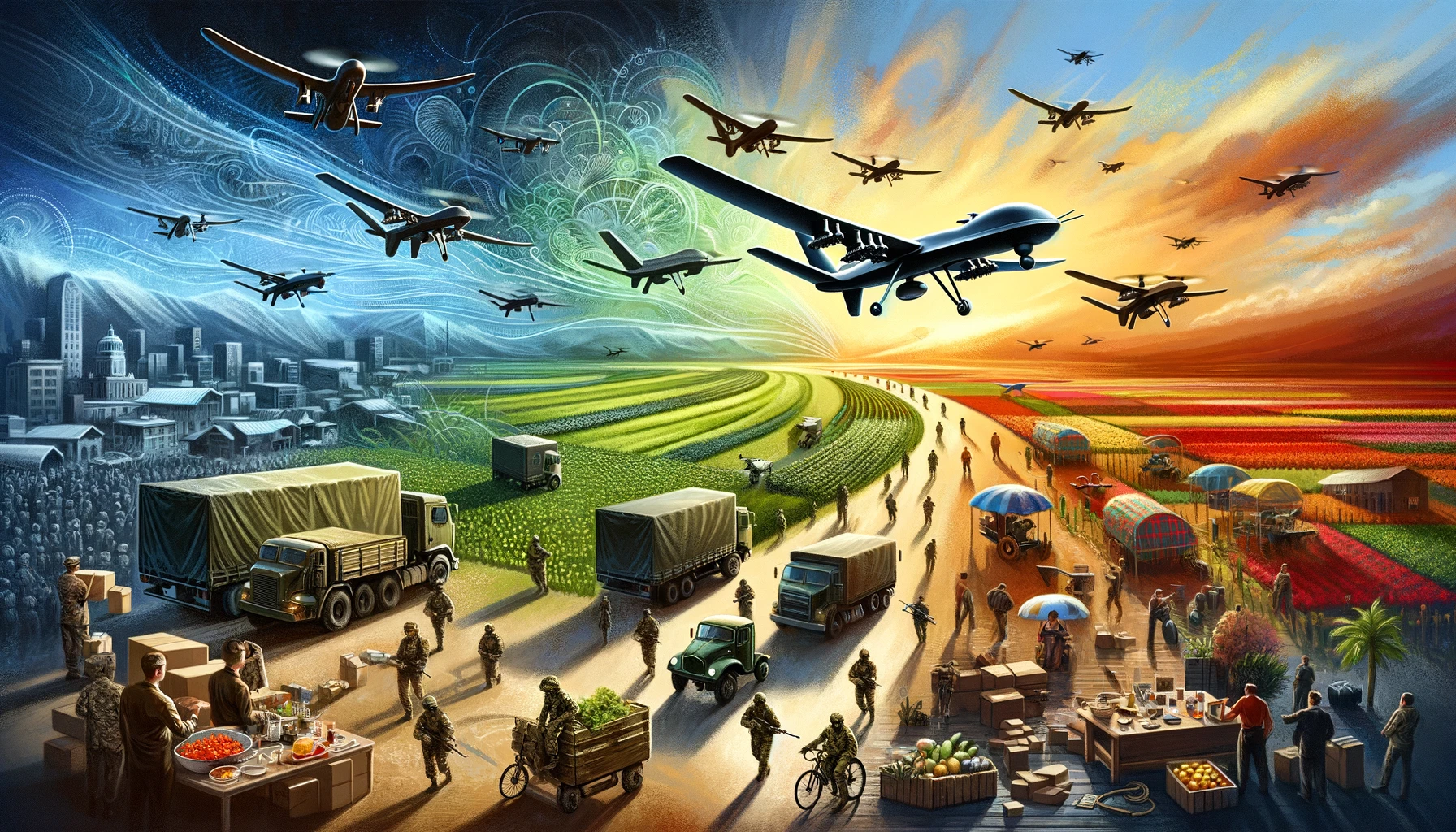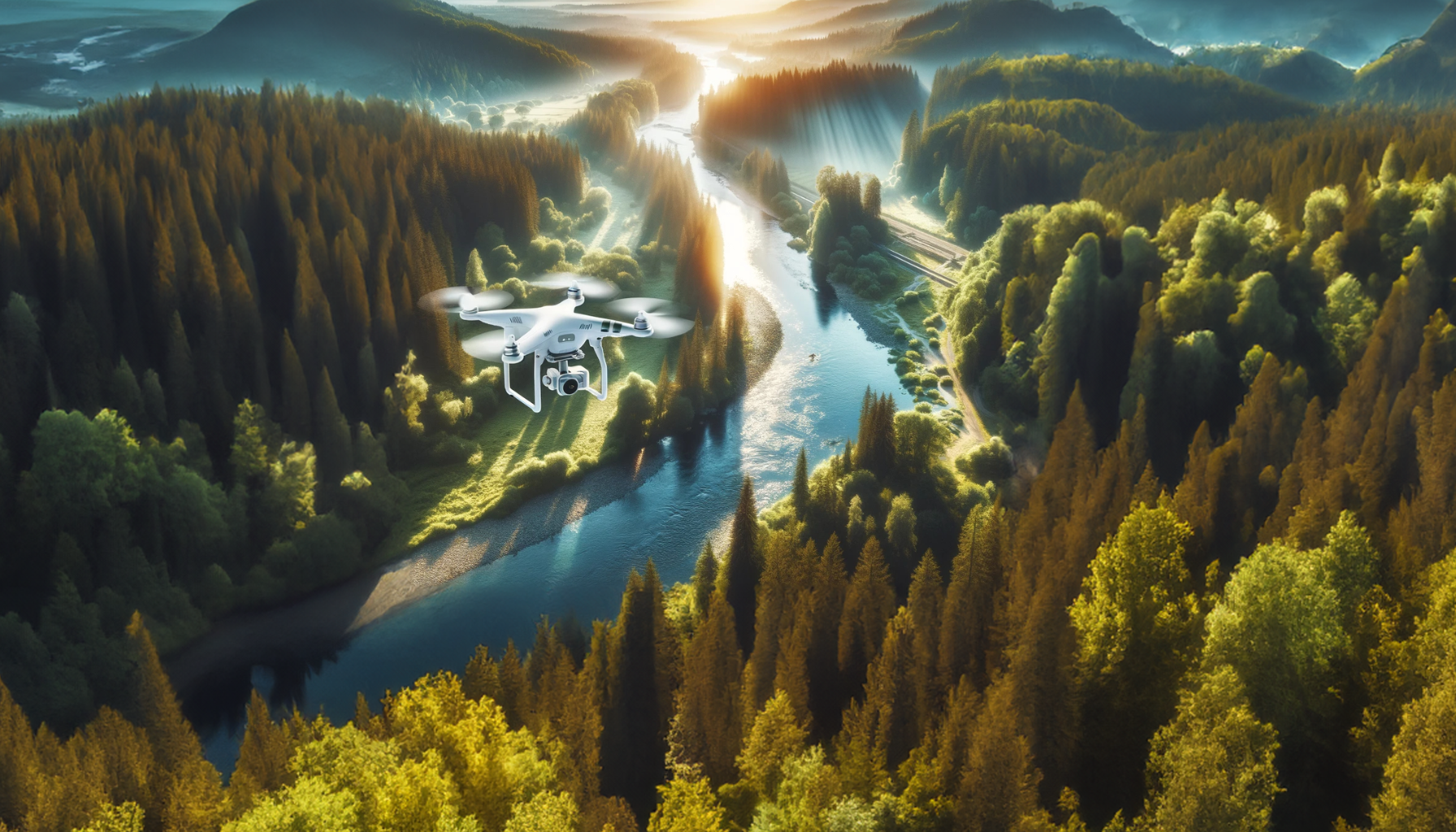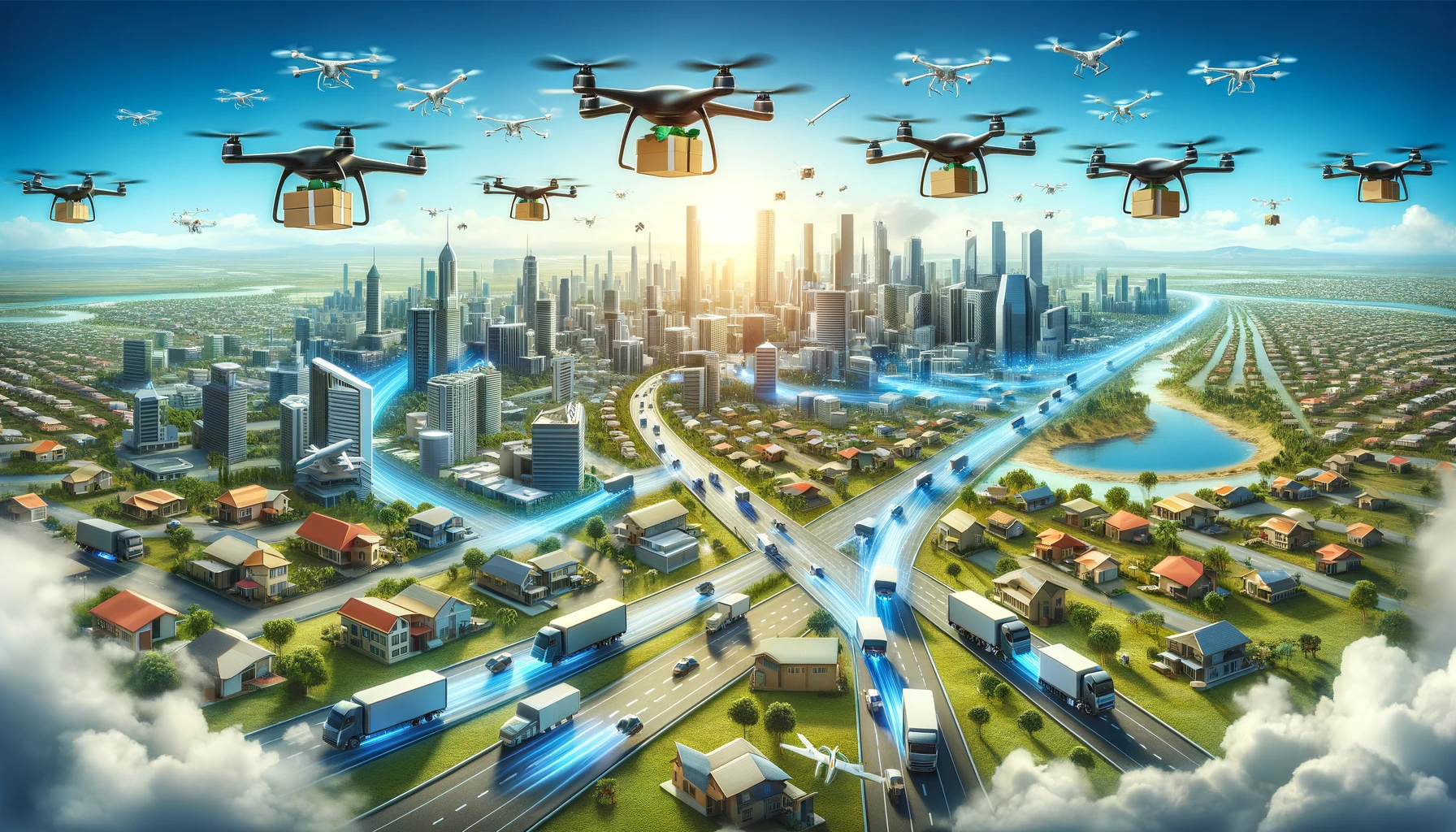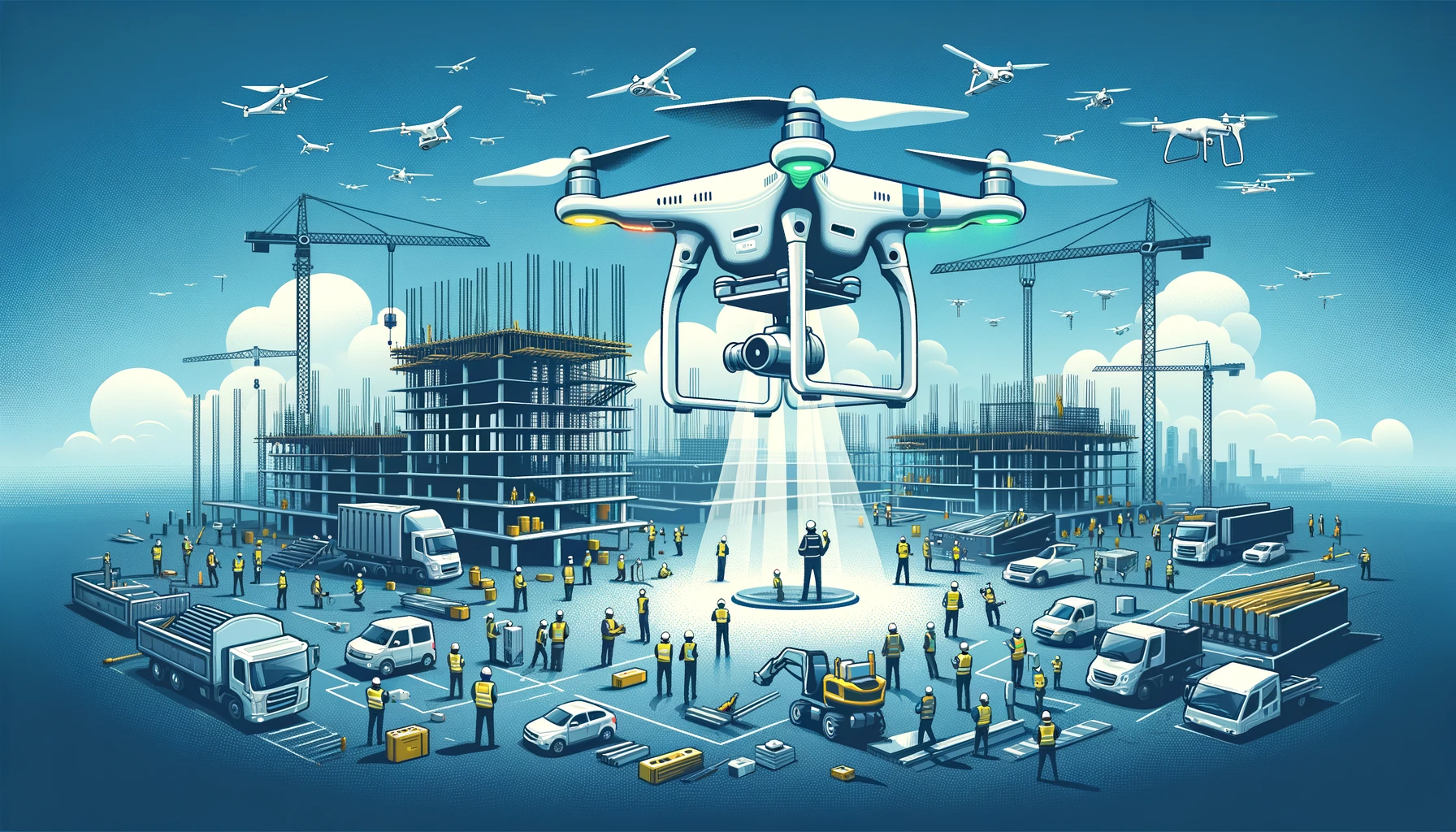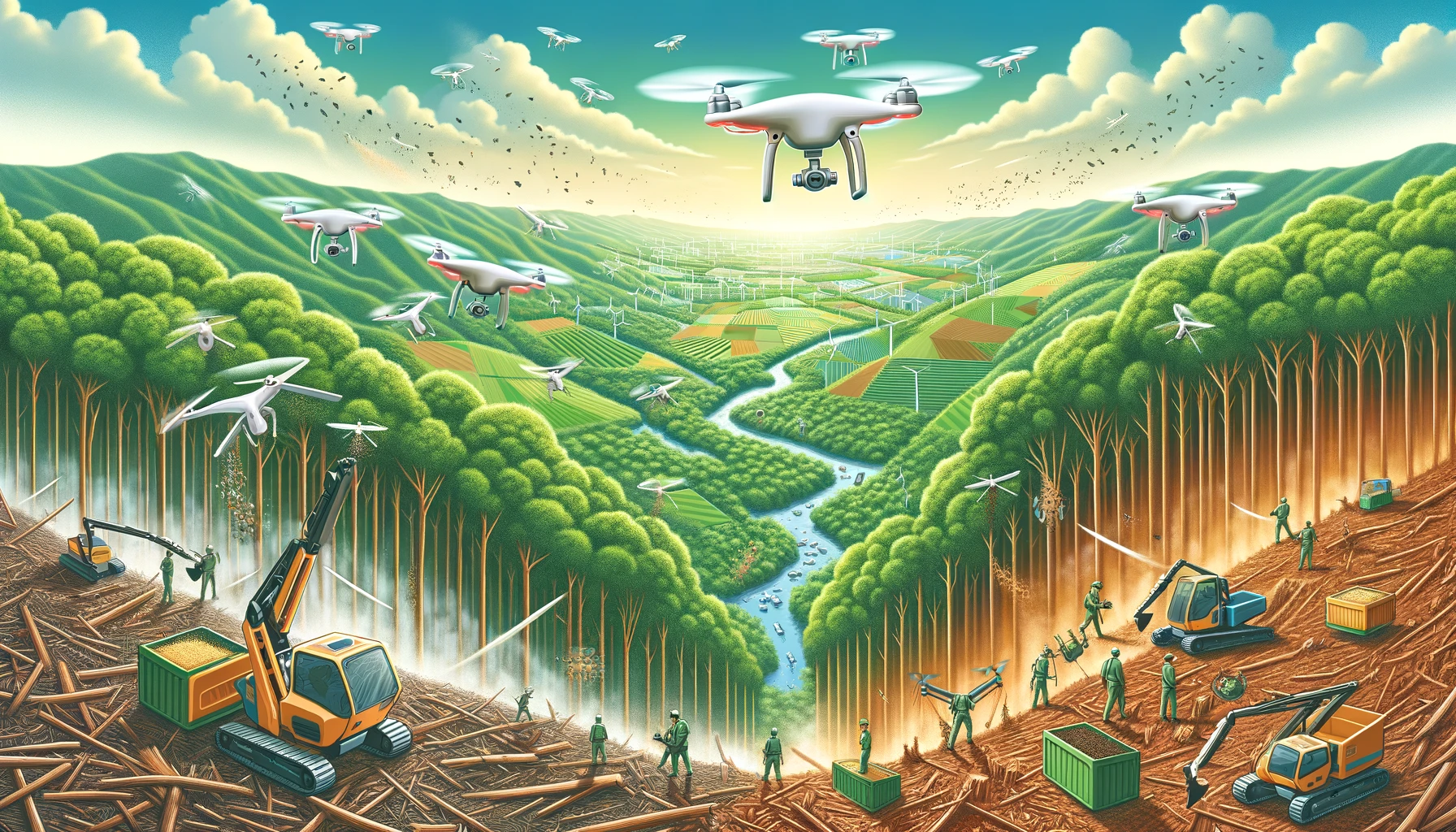In the expanse of modern technology, few innovations have traversed as dynamic a path as drones. Initially developed for military surveillance and operations, drones have evolved into versatile tools for civilian use, revolutionizing industries and hobbies alike. This article delves into the journey of drones from the confines of military utility to the open skies of civilian innovation, highlighting key milestones and the profound impact of this transition.
The Military Origins
The genesis of drone technology dates back to the early 20th century, primarily for reconnaissance and remote warfare. These unmanned aerial vehicles (UAVs) offered a strategic advantage by providing valuable intelligence without risking human lives. Over the decades, advancements in technology enhanced their capabilities, making drones indispensable in modern warfare for surveillance, targeted operations, and even as decoys in combat scenarios.
Transition to Civilian Use
As drone technology matured, its potential beyond military applications became increasingly evident. The turn of the millennium marked a pivotal moment, with drones making their way into civilian life. This transition was fueled by significant advancements in GPS technology, miniaturization of components, and improved battery life, making drones more accessible and affordable for commercial and recreational use.
Impact on Industries
The impact of drones in the civilian sector has been nothing short of revolutionary. In agriculture, drones have transformed farming practices through precision agriculture, enabling farmers to monitor crop health, manage resources more efficiently, and increase yields. In the realm of logistics and delivery, companies are exploring drones to expedite shipping, especially in remote areas, reducing delivery times and costs.
Drones have also made significant inroads in public safety and emergency response, assisting in natural disaster management, search and rescue operations, and firefighting, often reaching areas that are otherwise inaccessible to human responders.
Revolutionizing Photography and Videography
One of the most visually stunning applications of drones has been in photography and videography. Drones have opened up new vistas for filmmakers and photographers, allowing for breathtaking aerial shots that were previously unattainable without expensive helicopter rentals. From capturing the serenity of landscapes to the intensity of action sports, drones have provided creatives with an unprecedented canvas.
Future Trajectories
As we look to the future, drones are poised to further integrate into our daily lives. Innovations in drone technology continue to push the boundaries of what’s possible, from drone taxis potentially revolutionizing urban transport to environmental monitoring helping combat climate change. The ongoing miniaturization of drones, coupled with advancements in AI, promises even greater autonomy and applications yet to be imagined.
Conclusion
The evolution of drones from military tools to civilian gadgets is a testament to the transformative power of technology. What started as instruments of war have become harbingers of innovation, opening new frontiers in commerce, creativity, and convenience. As drone technology continues to evolve, so too will its impact on society, redefining what’s possible in the skies above and beyond.
